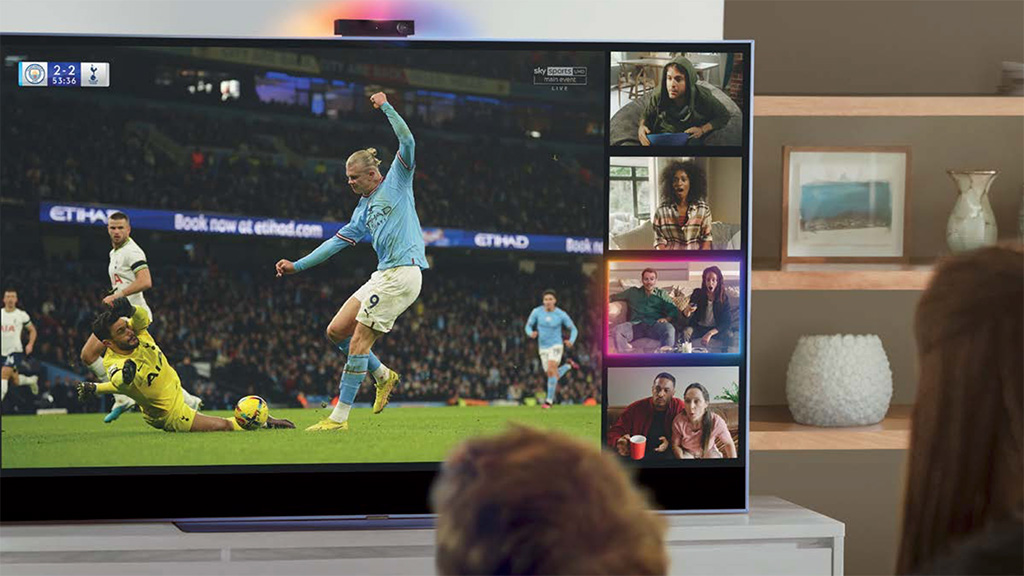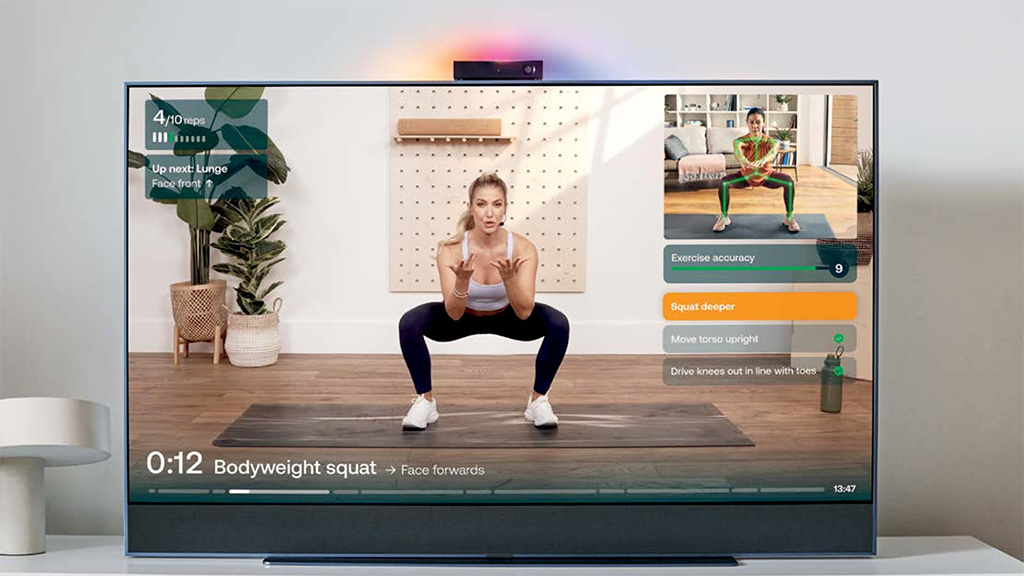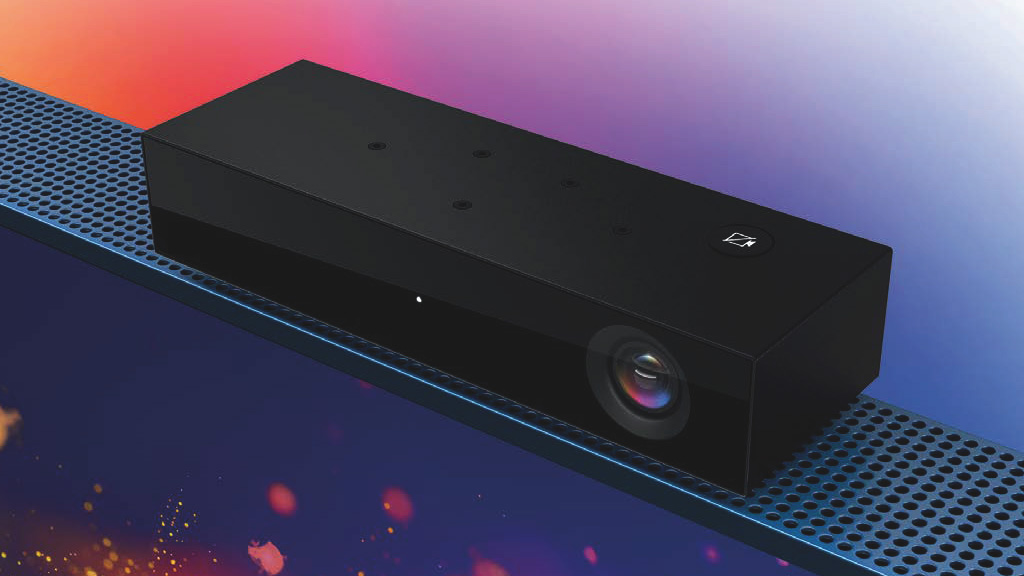Sky is pulling the plug on its £290 camera product. The camera was designed to sit on the top of the Sky Glass television and offer video calling, watch together, games, and fitness workouts. The television companion camera was announced as part of the Sky Glass launch in October 2021 but did not emerge until June 2023. The service will cease in December. Any customers will be offered a full refund.
Sky Live offered Zoom video conference calling. It also offered the ability for Sky customers in different locations to watch programmes together, with onscreen images of their remote counterparts watching. There was built-in body tracking that could also be used for games and fitness applications.

At the time of its launch, Fraser Stirling, the global chief product officer at Sky, promised that it would redefine the home entertainment experience, “making it smarter, social, and more interactive.”

It turns out it did not. Customers did not want a camera staring back at them from the top of their Sky Glass television. It only worked with Sky Glass, and it cost £290 up front or £6 a month for 48 months. In the end, it lasted less than 48 months.

Anyone that did commit will get their money back in full, credited to their account automatically.
It will have been an expensive experiment for Sky, but its response is more honourable than some other technology companies. It is in the subscription business and cannot afford to let disappoint its customers any more than necessary.
Sky said: “Innovation has always been at the heart of Sky, finding new ways to make the TV experience even better for our customers.
“Sky Live was part of that journey, and we’re proud of the ambition behind it. It’s given us valuable learnings that are helping to shape the future of our products.
“We have, however, made the difficult decision to discontinue it, in order to focus our investment on what matters most to customers.”
Had the camera been integrated in the Sky Glass television and been offered as standard, rather than an expensive add-on, it might have stood more of a chance. There is also the question of personal privacy. Although the camera had a privacy button, it had a large lens looking out, with no built-in cover.
What would be interesting to know is whether customers found it too large, too expensive, or simply too intrusive for the utility that it offered. We will have to wait and see whether those valuable learnings end up in future products and services.
